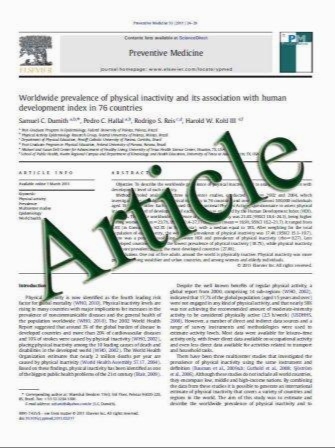Failed Restrictive Surgery: Is Sleeve Gastrectomy a Good Revisional Procedure?
- نوع فایل : کتاب
- زبان : انگلیسی
- مؤلف : Moises Jacobs & Eddie Gomez & Roderick Romero & Irving Jorge & Roberto Fogel & Carlos Celaya
- چاپ و سال / کشور: 2010
Description
The aim of this study is to evaluate the safety and efficacy of converting failed restrictive procedures such as laparoscopic adjustable gastric banding (LAGB), nonadjustable gastric banding (NAGB), and vertical banded gastroplasty (VBG) to laparoscopic sleeve gastrectomy (LSG). A prospective database was maintained of 32 patients who failed restrictive procedures. Twenty-six patients failed LAGB, three patients failed NAGB, one of which was performed open, and three patients failed VBG. These patients were converted to LSG between January 2006 and May 2010. Post-conversion outcomes, BMI, and excess weight loss (EWL) were recorded. Four patients were excluded from the weight loss statistical data secondary to short follow-up (less than 6 months since conversion); however, these patients were included in the overall number of cases and in the discussion of complications. Causes of failed restrictive procedures in our series include inadequate weight loss, 15 (47%); weight gain, six (19%); slippage, five (16%); esophageal dilatation, one (3%); unhappy with device, one (3%); tear of silastic ring, one (3%); infection, one (3%), gastrogastric fistula with VBG and weight gain, one (3%); and intractable nausea and vomiting, one (3%). The average hospital stay was 1.5 days (range, 1–3). The average length of follow-up was 26 months. The mean pre-conversion BMI was 42.69, post-conversion to SG mean BMI was 33.3, mean EWL pre-conversion was 10%, and post-conversion mean EWL was 60%. There was no mortality, no conversion to open, and there was one complication, a contained leak resolved by antibiotic treatment. Conversion to LSG from a prior restrictive procedure may be a feasible and acceptable alternative for patients. Average EWL was 60% at an average of 26 months.
OBES SURG (2011) 21:157–160 DOI 10.1007/s11695-010-0315-8 Published online: 27 November 2010


